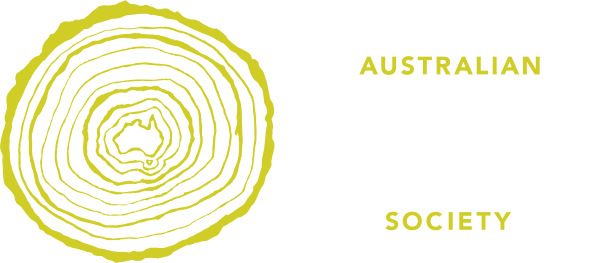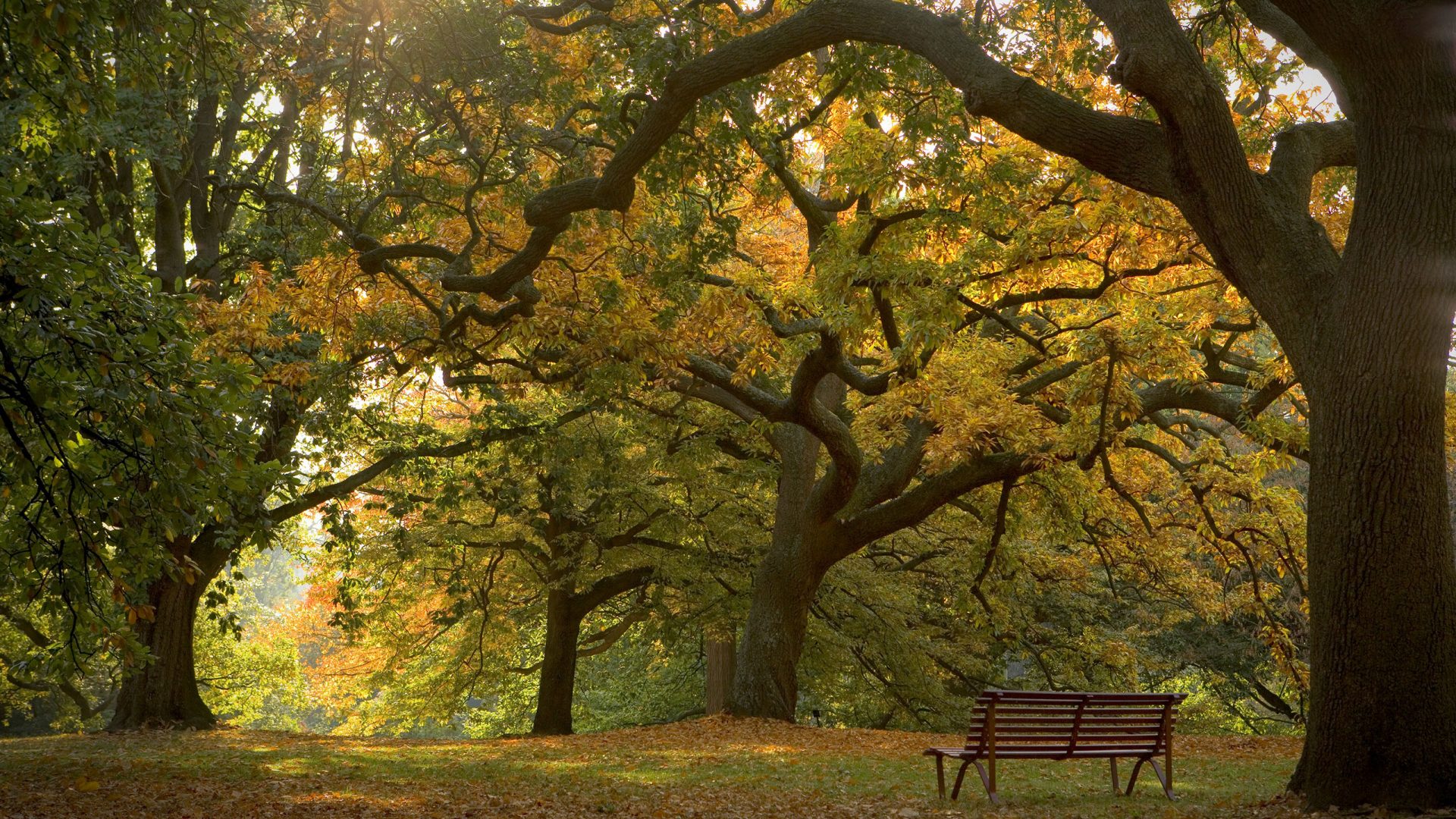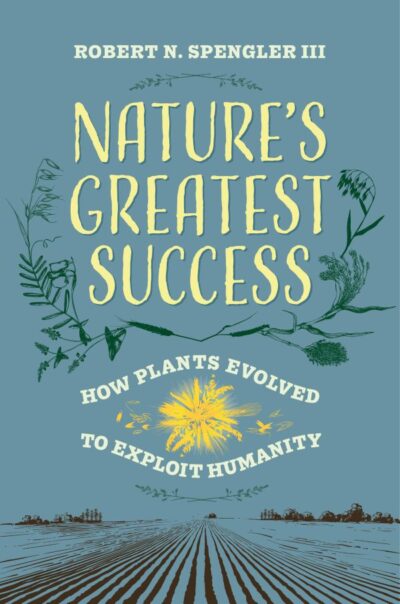Nature’s Greatest Success – how plants evolved to exploit humanity by Robert N Spengler III, University of California Press, 2025
All gardeners and most garden historians spend quite a bit of time pondering which new varieties to plant and occasionally wondering ‘how did they breed that variety’? Underlying that question of course is Darwin’s theories of evolution and, even more deeply, questions of how domestication of plants occurs.
This book is a deep dive, a very deep dive, into these questions.
Robert Spengler tackles the questions by examining the most recent research studies into a huge variety of social and natural sciences. His core argument is:
the earliest morphological changes in plants under cultivation were evolutionary adaptations for the recruitment of a more effective seed disperser – humans.
In other words, plants played a role in domesticating us! Now that is something for anyone out there weeding a garden or creating a new one to think about!
While this book has a focus on agricultural plants, it often refers to and uses ‘decorative’ plants for various analyses of ideas, especially when it comes to the complex matter of weeds, something I believe our distinguished AGHS author Dr John Dwyer has delved into skilfully.
Spengler begins with a clarion call decrying what most educated people believe about this field. He says:
Most likely the book or article you read taught you that humans invented farming and domesticated crops as a response to a changing climate or population pressure. I argue that thinking about the origins of agriculture as a single event or innovation is an erroneous approach; likewise thinking about the domestication of crops in which humans actively and consciously engaged is completely misleading.
This is a great read to stretch the mind. Despite its focus on crop plants, I would argue it has even more relevance to garden plants. Because, with flowers and decorative plants, humans have spent the last few hundred years accelerating changes to facilitate fashion and utility, perhaps even more than crop plants.
Spengler is a descendant from a great line of scientist/writers working in Jena, Germany, at the Max Planck Institute, where he leads the Fruits of Eurasia Domestication project. In some ways, he is an inheritor of the batons of Goethe, Humboldt, Vavilov and thousands of archaeologists and plant geneticists trying to understand how we and the plants that sustain us and all other life forms co-exist.
From page one I knew I would like this writer, as there he acknowledges one of Australia’s greatest, but not well-enough known, intellectuals, V Gordon Childe by quoting Childe:
Natural history traces the emergence of new species each better adapted for survival, more fitted to obtain food and shelter, and so to multiply. Human history reveals man creating new industries and new economies that have furthered the increase of his species and thereby enhanced its fitness.
Spengler interrogates that idea in conjunction with with the core of Darwin’s great idea, when he says ‘…Darwin used domestication as his most compelling case study for convincing humanity that evolution is real’.
I had read and enjoyed, though found it more like ‘lab notes’ Spengler’s earlier work Fruit from the Sands – the Silk Road origins of the foods we eat, University of California Press, 2019. This book, though long and in places tough, is a much better read.


